Infrared Inspection Services
Product Details:
Product Description
Infrared (IR) Technology in Inspection and Maintenance
Infrared (IR) technology is a widely used inspection tool in the oil and gas industry for condition monitoring and predictive maintenance. Unlike traditional visual inspection methods, IR technology does not require direct contact with the equipment being monitored, making it a more efficient and versatile solution.
IR Thermography Overview
IR thermography is a form of Non-Destructive Testing (NDT) that measures temperature variations as heat (thermal radiation) moves through, from, or to a component. Also known as IR testing, thermal testing, thermal imaging, and IR thermometry, this method is effective in detecting equipment abnormalities and performance issues.
Since thermal radiation corresponds directly to temperature changes, IR thermography relies on specialized infrared cameras to visualize this radiation, which is otherwise invisible to the human eye. These cameras detect and display emitted, reflected, and transmitted infrared energy, providing detailed thermal images for analysis.
Purpose and Benefits
Mapping temperature levels and variances helps identify potential issues such as:
- Hot spots indicating equipment weakness or potential failure
- Corrosion damage
- Delaminations
- Voids
- Inclusions
- Other flaws affecting heat transfer
To effectively detect these anomalies, there must be a sufficient temperature difference between the component and its surroundings.
Key Thermography Concepts
- Emissivity: Describes a material's ability to emit infrared energy (value between 0 and 1). For instance, a material with an emissivity value of 0.95 emits 95% of infrared radiation and reflects 5%.
- Reflectance: Refers to the amount of light reflected from a material's surface.
- Transmittance: Describes a material's ability to transmit thermal energy to the infrared camera. While plastics are generally transmissive, metals are opaque and non-transmissive.
Heat vs. Temperature
- Heat: Refers to the total energy of molecular motion in an object and depends on its size.
- Temperature: Describes the average energy of molecular motion and is independent of object size.
- Heat Transfer: The movement of thermal energy from a hotter region to a cooler one.
Heat Transfer Mechanisms:
- Conduction: Heat transfer between two solids.
- Convection: Heat transfer through liquids and gases.
- Radiation: Heat transfer via electromagnetic waves.
Considerations for Thermography
Component Factors:
- Equipment type and operational process
- Material type (e.g., steel, stainless steel)
- Material properties (e.g., thermal diffusivity)
- Thickness and geometry of the component
- Material emissivity
Anomaly Factors:
- Knowledge of anomaly size, depth, and orientation is crucial for effective detection.
IR Camera Factors:
- Distance between the component and the IR camera
- Spatial resolution (clarity of the component's image)
- Thermal resolution (clarity of temperature differences)
- Thermal range (ability to detect component temperatures)
Industry Applications
IR thermography is extensively used across industries such as oil and gas, chemical processing, and manufacturing. Common applications include:
- Detecting piping insulation issues
- Identifying fluid levels in equipment
- Locating hot spots, voids, and inclusions in rotating equipment prone to excessive friction
Key Benefits of IR Thermography:
- Extended equipment life
- Reduced risk of equipment failure
- Decreased unscheduled shutdowns
- Improved equipment performance
By utilizing IR thermography, industries can enhance their maintenance strategies, improve safety standards, and ensure efficient equipment operation.

Price:
- 50
- 100
- 200
- 250
- 500
- 1000+

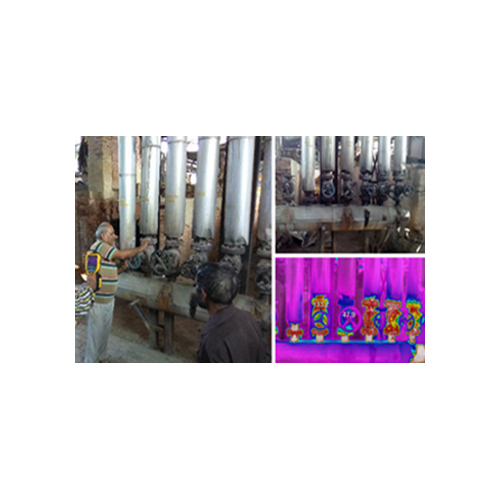

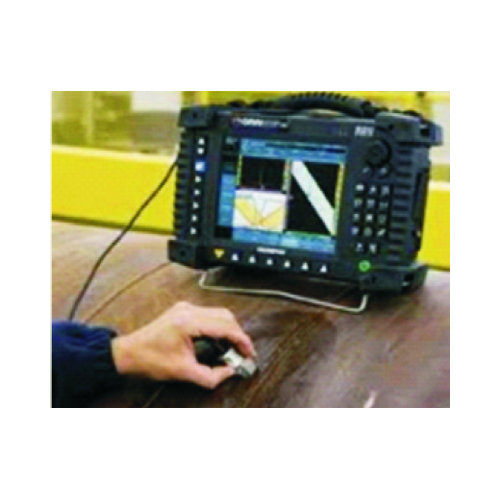
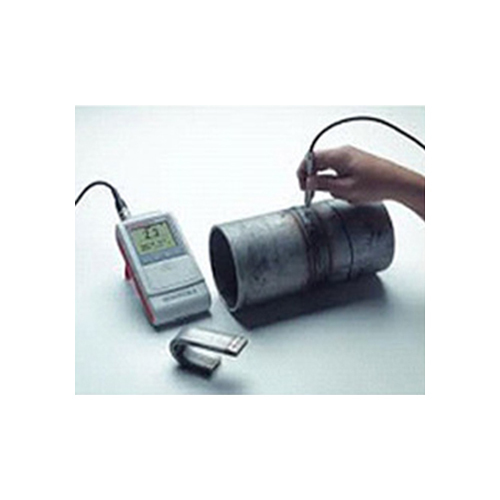
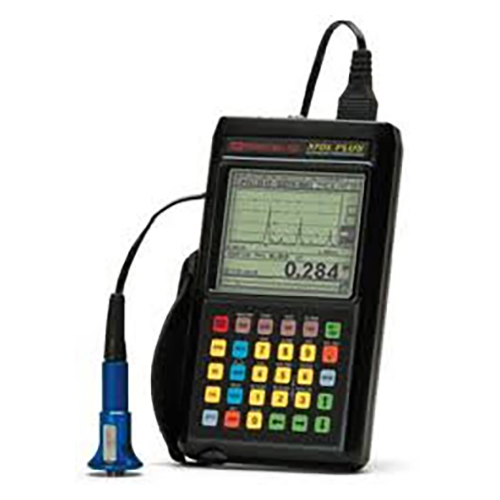
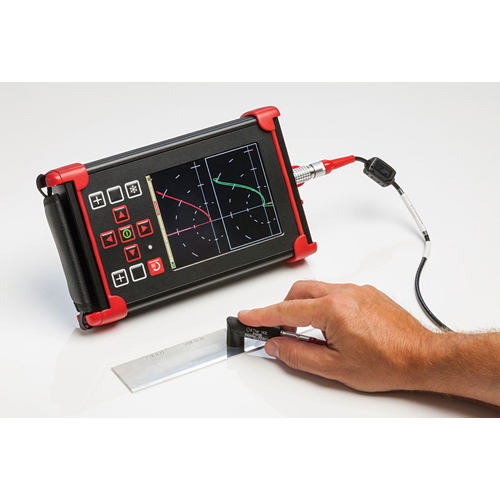


 Send Inquiry
Send Inquiry Call Me Free
Call Me Free English
English Spanish
Spanish French
French German
German Italian
Italian Chinese (Simplified)
Chinese (Simplified) Japanese
Japanese Korean
Korean Arabic
Arabic Portuguese
Portuguese